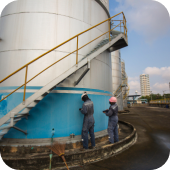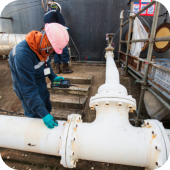

FLYINGVISION SAS
FLYINGVISION designs and manufactures robotic and mechanical products dedicated to non-destructive inspection and more generally to every field of the industry.
Overview
FLYINGVISION designs and manufactures robotic and mechanical products dedicated to non-destructive inspection and more generally to every field of the industry.
Products
Services
Ads












